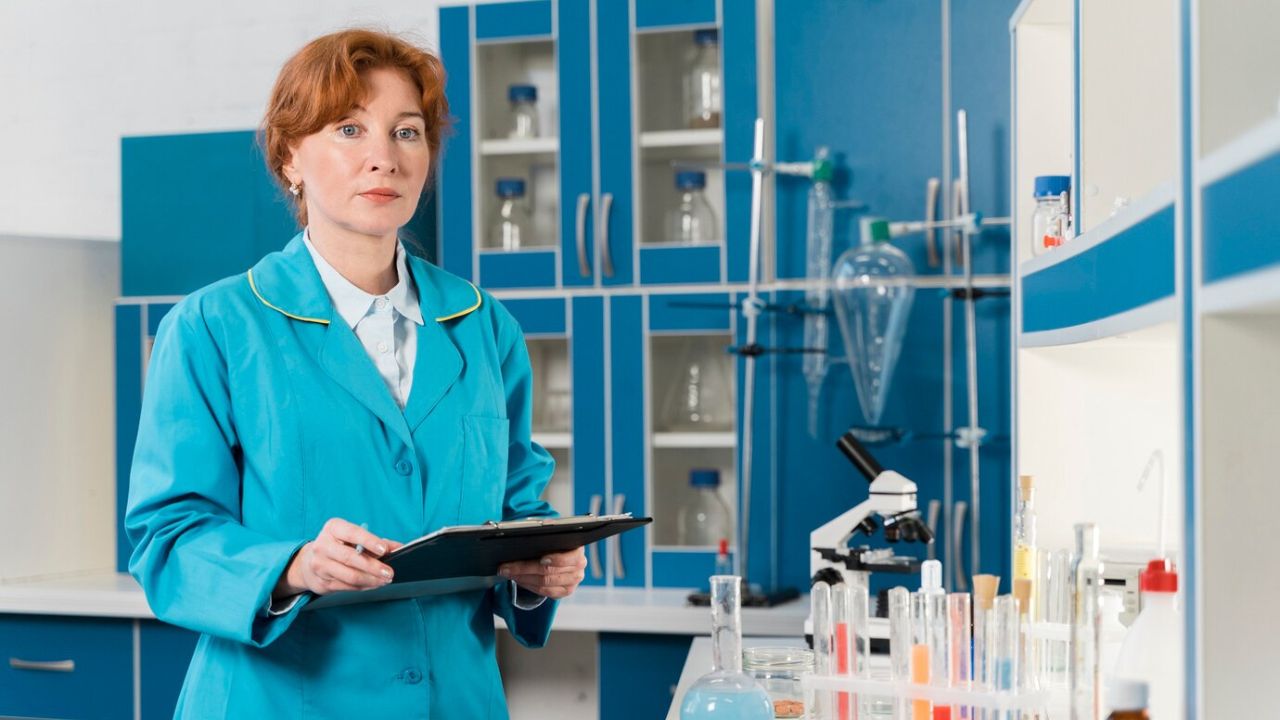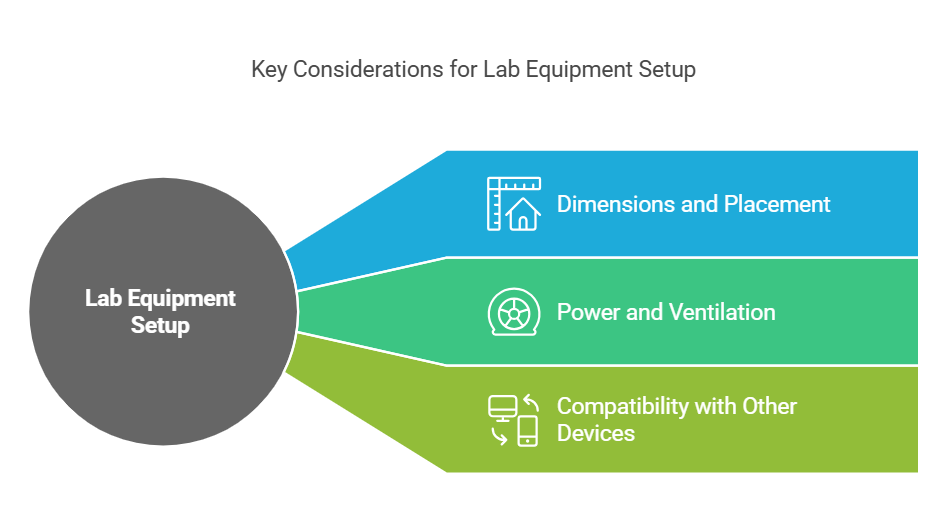Selecting the right lab equipment is crucial for conducting accurate and efficient research. Whether you are setting up a new laboratory or upgrading existing equipment, making the right choices can significantly impact your research outcomes. Here’s a comprehensive guide to help you navigate the selection process.
Identify Your Research Needs
Before purchasing laboratory supplies, clearly define the specific requirements of your research. Consider the following questions:
- What type of experiments will you be conducting?
- What are the required precision and sensitivity levels?
- How frequently will the equipment be used?
- What safety measures should be in place?
Understanding these factors will help you narrow down your choices and select equipment that best fits your research needs.
Consider Quality and Reliability
The quality and reliability of lab equipment directly impact the accuracy of your results. Opt for equipment from reputable manufacturers known for their high standards. Look for the following:
- ISO certifications and compliance with industry standards.
- Positive user reviews and testimonials.
- Warranty and after-sales support options.
Reliable equipment minimizes errors and reduces downtime due to malfunctions.
Budget and Cost Considerations
While cost is an important factor, it should not be the sole determinant in your decision-making process. Consider:
- The long-term value of the equipment rather than just the upfront cost.
- Maintenance and operational costs.
- Potential funding or grants that could offset expenses.
Investing in high-quality equipment can save money in the long run by reducing the need for frequent repairs and replacements.
Space and Compatibility
Ensure that the equipment fits within your laboratory space and is compatible with existing systems. Take into account:
- Dimensions and placement within the lab.
- Power and ventilation requirements.
- Compatibility with other devices and software.
Planning ahead will prevent operational inefficiencies and workflow disruptions.
Safety and Compliance
Lab equipment should adhere to safety regulations and comply with local and international standards. Key aspects to consider include:
- Proper insulation and shielding to prevent hazards.
- Compliance with OSHA, FDA, and other regulatory bodies.
- Availability of safety manuals and training for users.
Choosing compliant equipment ensures a safer working environment and minimizes liability risks.
Vendor Reputation and Support
Partnering with a reputable vendor can make a significant difference in the quality and longevity of your equipment. Look for suppliers that offer:
- Technical support and training.
- Installation services and user manuals.
- Spare parts and maintenance services.
A reliable vendor will help you resolve issues promptly and maximize equipment performance.
Future Expansion and Upgradability
As research evolves, your equipment needs may change. Consider selecting modular and upgradable equipment that allows for:
- Software updates.
- Additional accessories and attachments.
- Integration with advanced technology.
Future-proofing your lab will ensure scalability and adaptability to new research developments.
Final Thoughts
Choosing the right lab equipment requires careful planning and consideration of multiple factors, including research needs, quality, cost, safety, and vendor support. By investing in the right equipment, you can enhance research efficiency, accuracy, and overall productivity. Take your time to research options, seek expert opinions, and make informed decisions to set up a successful laboratory environment.






































